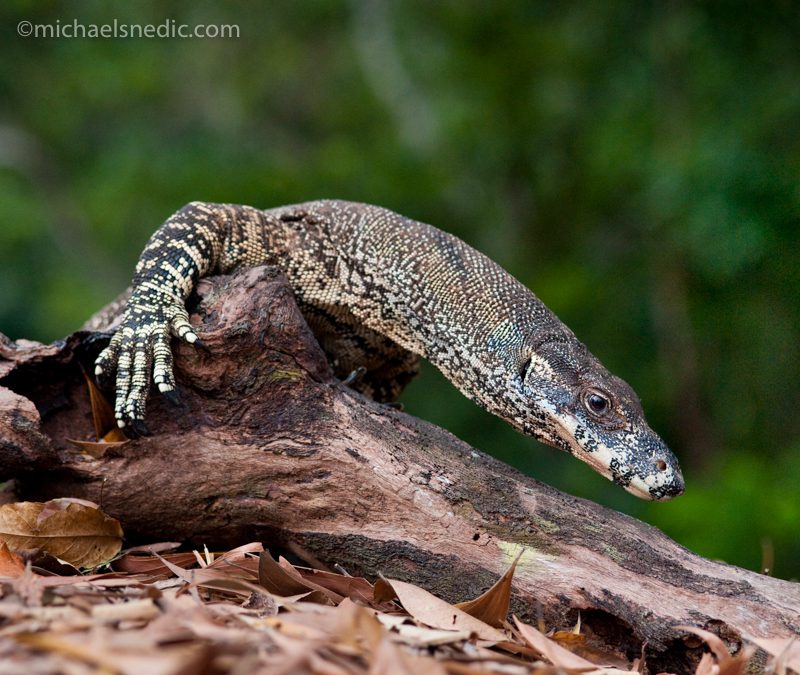
There are a number of things you can do, in order to achieve a better success rate when photographing wildlife behavior. Below are some tips and techniques I have used over many years, with great results.
#1 Observe Your Subject(s)
One of the most important factors in capturing that special wildlife behavioral ‘moment’ with your camera, is to preempt what the individual might do. It’s not always possible to know exactly what will happen, but by spending time beforehand observing the animal (or animals), you will certainly have a much greater chance of capturing that ‘once-in-a-life’ moment with your camera.
#2 Do Your Research
Before I head to a location to photograph wildlife, I always research the area beforehand. Surf the internet, talking to those who have been there before and seek out professionals in their field who can help you familiarise yourself with the area, and it’s animal. Otherwise you have no idea what species are around or where the best spots are to find them.
#3 Being in the Right Place at the Right Time
Sometimes, you can simply get ‘lucky’ when it comes to getting that unique wildlife behaviour shot. For the image featured (above), I was on an expedition ship in Svalbard, in the Arctic, presenting a photo tour. We saw a lone polar bear feeding on a seal carcus and decided to head out in zodiacs to get a closer look and take some photos. The bear was oblivious to our presence and kept feeding. Out of the corner of my eye, I saw another polar bear leaping from the ice in and out of the water, heading to the one feeding. Since the one feeding was quite full, no fighting occurred. There was bit of a growl but it let the other one in to feed. It really was a magical moment and a case of ‘being in the right place at the right time’!
#4 Plenty of Memory and Batteries Charged
When out in the field photographing wildlife, its important to make sure you have plenty of memory on your card, plus a spare. Same goes with your camera’s battery – it needs to be fully-charged before you head out and always carry a spare. Not only can the battery run out but occasionally batteries fail, so carrying a spare is paramount.
#5 Use Continuous Focus
When a wildlife subject is moving, it can be difficult to keep focus on it with your camera. I always suggest using Continuous Focus when using Autofocus (called AI Servo for Canon users). When you have locked your focus point on the subject, keep your finger depressed halfway on the shutter button and follow any movement. When you are ready, hit the shutter button, taking lots of photos. By choosing the ‘burst’ mode, you can keep your finger depressed and the shutter will fire away continually.
#6 Using a Fast Memory Card
If the memory card you are using is ‘slow’, the buffer on the camera won’t be able to keep up. You could therefore lose the opportunity to capture valuable behavioural moments on your camera. By purchasing a fast card, the buffer will be much higher and you will be able to capture many more shots in the sequence.
If you have a passion for wildlife, nature or travel photography and would love to go on a small-number, professional photography adventure, please get in touch with Michael Snedic at WildNature Photo Expeditions. You can call him on 0408 941 965 or fill in this Contact Form and he will get back to you ASAP.


